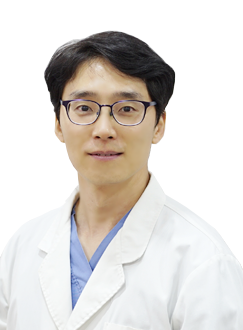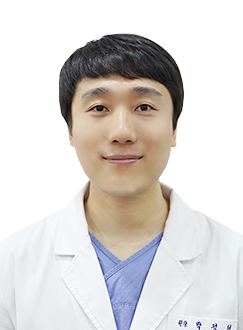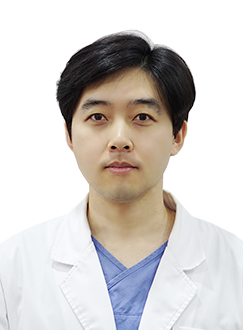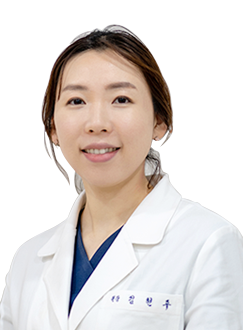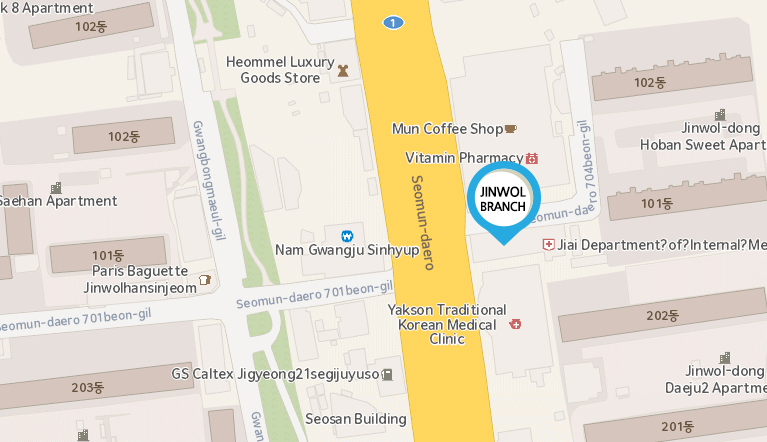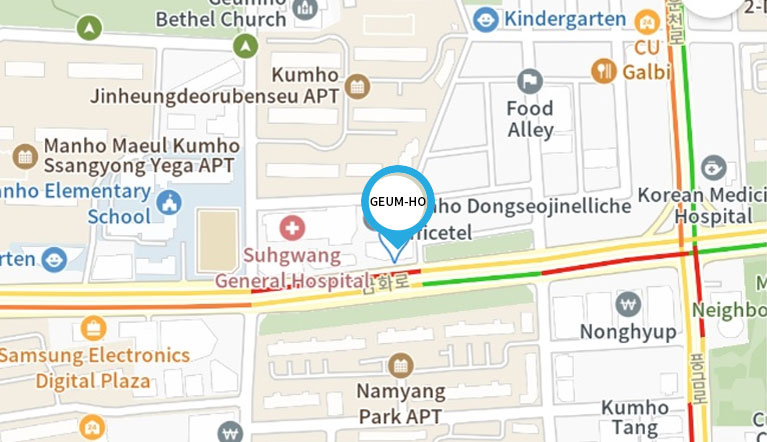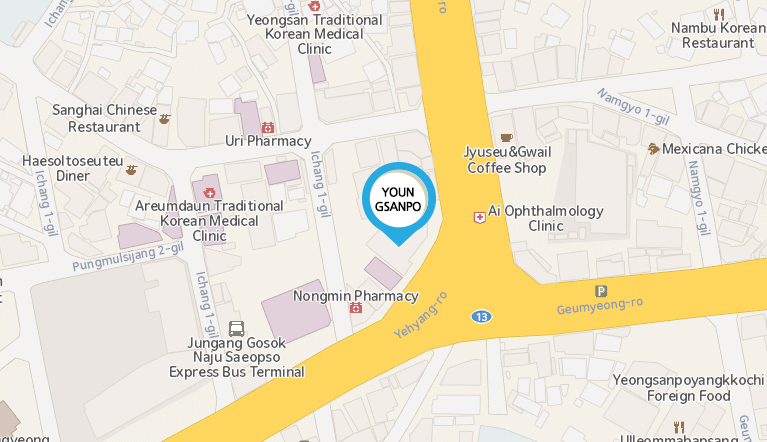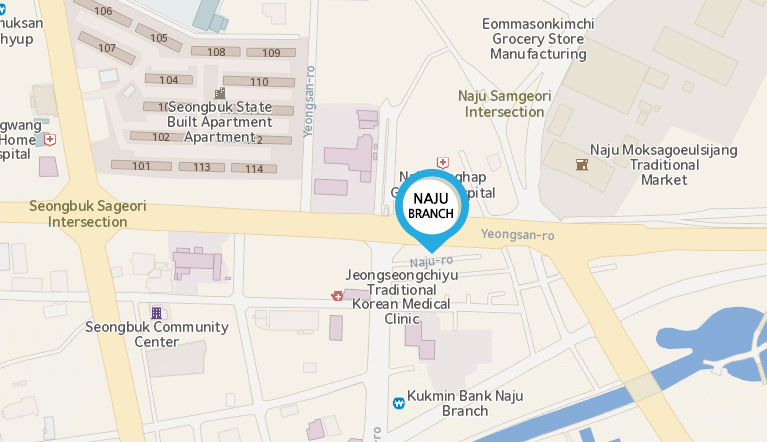LASIK
Laser in situ keratomileusis (LASIK) is a very commonly-performed refractive procedure.
It is more versatile than LASEK and can correct hypermetropia of up to 4 D, astigmatism of up to 5 D and myopia of up to 12 D depending on corneal thickness.
The amount of tissue removed and the total treatment is therefore limited by the original corneal thickness.
The thickness of the flap can be varied but thinner flaps are more difficult to handle and more prone to wrinkling.
Compared to LASEK, the procedure offers the advantages of minimal discomfort, faster visual rehabilitation, rapid stabilization of refraction and minimal stromal haze.
LASEK
Laser epithelial keratomileusis (LASEK) is an adaptation of PRK.
In LASEK the epithelium is first detached and peeled back, laser applied and then the flap repositioned.
It is associated with less pain, less haze than PRK.
LASEK works well with low corrections and for patients who are unsuitable for LASIK such as those with very thin corneas.
Functional vision is usually achieved within 4–7 days and the procedure has a low risk of serious complications.
The main disadvantage compared with LASIK is variable epithelial healing with unpredictability of postoperative pain.
CATARACT
A cataract is a clouding of the normally clear lens of your eye.
For people who have cataracts, seeing through cloudy lenses is a bit like looking through a frosty or fogged-up window.
Clouded vision caused by cataracts can make it more difficult to read, drive a car (especially at night) or see the expression on a friend's face.
Most cataracts develop slowly and don't disturb your eyesight early on. But with time, cataracts will eventually interfere with your vision.
At first, stronger lighting and eyeglasses can help you deal with cataracts.
But if impaired vision interferes with your usual activities, you might need cataract surgery.
Fortunately, cataract surgery is generally a safe, effective procedure.
GLAUCOMA
glaucoma is an insidious condition that causes gradual loss of your peripheral vision initially, then later central sight as the disease advances. 2% of people over 40 years of age have the condition, increasing to 10% as we reach 70 years. Because it is almost impossible to detect peripheral vision loss, glaucoma can develop without you realising.
All glaucoma comes about due to damage to the optic nerve of the eye - the 'wiring' that carries visual information from our eye to our brains.
There are many different forms of glaucoma, however the most common, primary open angle glaucoma, occurs because the pressure in the eye increases to a level that is harmful to the optic nerve tissue.
Glaucoma is more common as you get older and if you have a family history of the condition.
Refractive conditions like short-sightedness also make you more likely to develop glaucoma The only way to currently treat glaucoma is by lowering the pressure of the eye to a level that is unlikely to cause further damage to the optic nerve.
This can be done with daily glaucoma eye drops, laser glaucoma procedures or glaucoma surgery.
RETINA
The retina is the light-sensitive tissue on the inside of the back of our eyes.
The are a number of conditions that can affect the retina and cause problems with vision.
The most common retinal diseases are age-related macular degeneration and diabetic retinopathy.
Retinal detachment can also be a catastrophic problem in people with myopia.
DIABETIC RETINOPATHY
Diabetic retinopathy is a diabetes complication that affects eyes.
It's caused by damage to the blood vessels of the light-sensitive tissue at the back of the eye (retina).
At first, diabetic retinopathy may cause no symptoms or only mild vision problems. Eventually, it can cause blindness.
The condition can develop in anyone who has type 1 or type 2 diabetes.
The longer you have diabetes and the less controlled your blood sugar is, the more likely you are to develop this eye complication.
MACULAR DEGENERATION
Age-related macular degeneration (AMD) occurs when tissue in the macula — the part of your retina that's responsible for central vision — deteriorates.
This causes a blind spot to form in your central vision.
Dry macular degeneration is more common. It is caused by the slow deterioration of the central retinal tissues.
Wet macular degeneration, which occurs when abnormal blood vessels leak fluid or blood into the macula, is more likely to cause a relatively sudden change in vision.
To check for dry macular degeneration, your doctor will examine the back of your eye for a mottled appearance caused by drusen — yellow deposits that form under the retina.
In the early stages of dry macular degeneration drusen appear small.
As the condition progresses to the advanced stage, large drusen develop and the light-sensitive cells that make up the macula break down.
DREAM LENS
Ortho-K Vision Correction
Orthokeratology (or Ortho-K) is a type of contact lens wear which has been practiced
for many years. Ortho-K Vision Correction involves wearing a custom-designed contact lens
overnight which reshapes the surface of the eye, giving clear vision the next day without the lenses.
As well as being convenient for the patient, the treatment actually slows and in some cases stops myopia progression.
Research shows a range of 32%-100% slowing of myopia progression depending on the study.
Most reports suggest an average of a 50% reduction in the rate of myopia progression with Ortho-K wear.
It should be noted that these studies used Ortho-K lenses designed for adults to see well.
The newest Ortho-K lenses that are designed for children's myopia control show a better myopia control effect than normal Ortho-K lenses.





